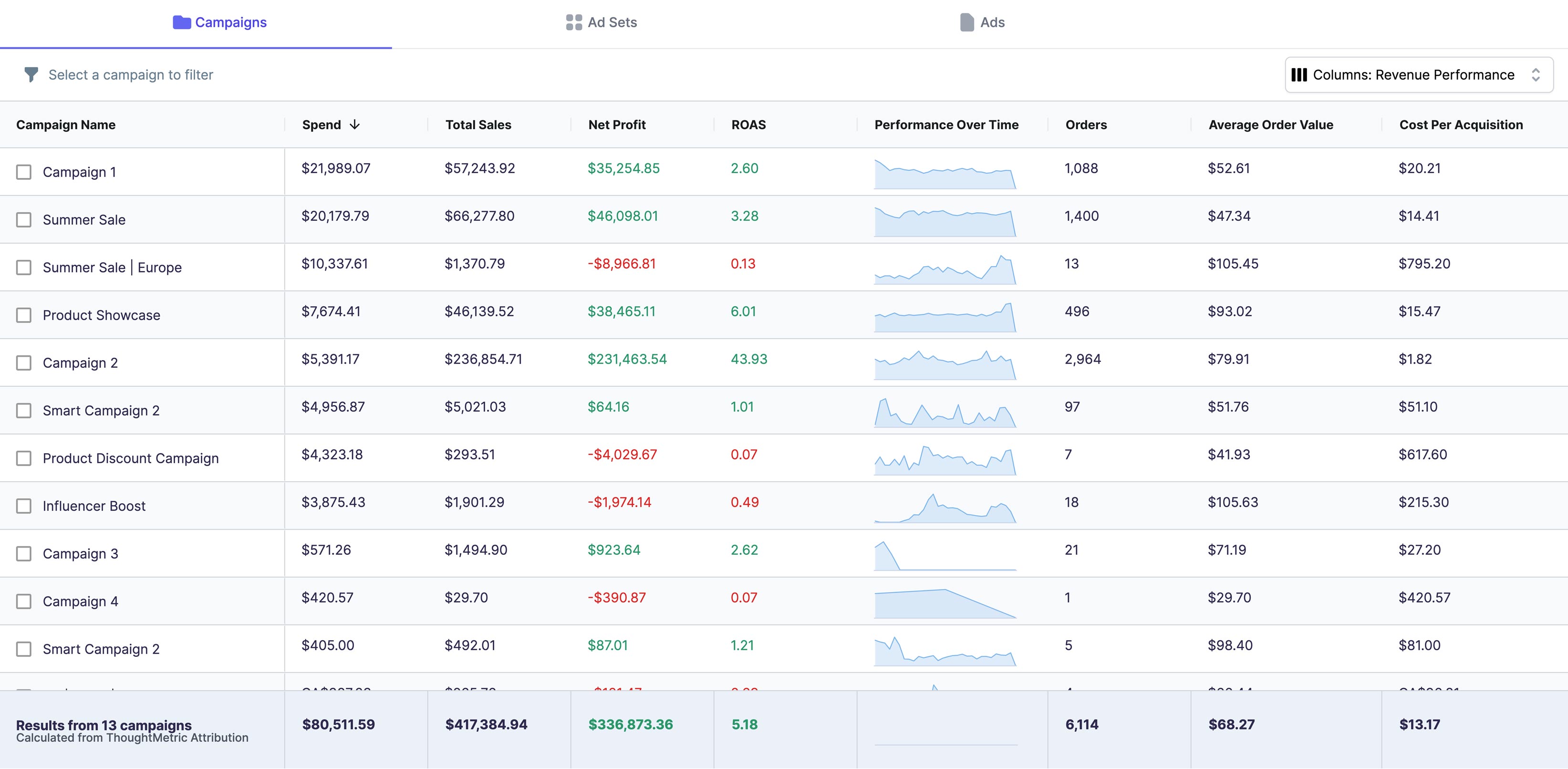Shopify is one of the most user-friendly and flexible e-commerce platforms available today. With its powerful tools and features, it allows merchants to efficiently manage orders, inventory, and customer relationships. However, even the best online store experiences refunds from time to time. Whether it's due to manufacturing flaws, shipping errors, or dissatisfied customers, refunds are an integral part of any business. In this comprehensive guide, we'll explore the different aspects of refunding on Shopify and show you how to do it smoothly and efficiently.
Understanding Shopify Refunds
Before we dive into the process of refunding on Shopify, it's essential to understand the different aspects of refunds. Generally, a refund is a process in which a merchant returns the paid amount to the customer for an order or a product. A refund can either be issued for the full amount or for a partial amount, depending on the specific scenario and the store's refund policy. The process of refunding is usually initiated by the merchant or authorized personnel. On Shopify, the refund process is relatively simple and straightforward, and it can be done through the order page.
Reasons for Refunding Customers
As a merchant, there are many reasons why you might need to refund your customers. These reasons can include:
- The product is defective or damaged
- The product did not meet the customer's expectations
- The customer changed their mind or no longer needs the product
- The order was canceled, or there was an error in charging the customer
Regardless of the reason, it's crucial to be transparent and open with your customers about the refund process and procedures. This builds trust and ensures that your customers feel secure purchasing products from your store.
Shopify's Refund Policy
Shopify has a transparent refund policy that outlines the different scenarios and steps for refunding orders. In general, Shopify allows merchants to refund customers for the full or partial amount within 60 days of the purchase. To be eligible for a refund, the customer must have purchased the product directly from the merchant's online store and not through a third-party platform. Shopify also allows merchants to restock and resell returned items, as long as they are in good condition and meet the store's requirements. Shopify's refund policy is a useful resource for merchants, and it can be customized to suit specific business needs.
How to Initiate a Refund on Shopify
If you need to refund a customer on Shopify, the process is relatively simple and straightforward. Here are the steps to initiate a refund:
- Log in to your Shopify account and navigate to the order page for the specific order that you want to refund.
- Click on the "Refund" button located at the bottom of the page.
- Enter the amount that you want to refund to the customer. You can either issue a full refund or a partial refund, depending on the specific scenario.
- Select the reason for the refund from the drop-down menu. This will help you keep track of the reasons for refunds and identify any patterns or issues that need to be addressed.
- Enter any additional notes or comments that you want to include with the refund.
- Click on the "Refund" button to complete the process.
Best Practices for Refunding Customers on Shopify
While the process of refunding on Shopify is relatively simple and straightforward, there are some best practices that you should follow to ensure that the process is smooth and hassle-free for both you and your customers. Here are some tips:
- Be transparent and open with your customers about the refund process and procedures. This helps build trust and ensures that your customers feel secure purchasing products from your store.
- Respond to refund requests promptly and professionally. This shows that you value your customers and take their concerns seriously.
- Keep accurate records of all refunds and the reasons for the refunds. This can help you identify any patterns or issues that need to be addressed.
- Consider offering alternative solutions to customers instead of just issuing refunds. This can help retain customers and build loyalty.
- Regularly review and update your refund policy to ensure that it remains relevant and effective for your business.
By following these best practices, you can ensure that the process of refunding on Shopify is smooth, hassle-free, and beneficial for both you and your customers.
Preparing for the Refund Process
Before you issue a refund to a customer, you must be prepared to gather and organize the necessary information. This helps to ensure that the refund process is smooth and efficient. Below are some steps to take:
First, identify the order that requires a refund. This can be done by searching for the order using the order number, customer name, or email address. Once you've located the order, make sure you have all the necessary details such as the product name, SKU, and quantity. It's also essential to determine the reason for the refund, as this affects the refund amount and procedure.
Communicating with the Customer
After you've identified the order and the reason for the refund, it's crucial to communicate with the customer. Reach out to them and explain the refund process, the timeline, and what they should expect. This helps to manage their expectations and ensures that they are satisfied with the outcome. Communication is vital, as it can prevent misunderstandings and conflicts between you and the customer.
Initiating a Refund on Shopify
Once you've gathered all the necessary information and communicated with the customer, it's time to initiate the refund process. The refund process on Shopify is relatively simple and can be done through the order page. Here are some steps to follow:
Accessing the Order Page
Go to the order page and locate the order that requires a refund. Click on the order to access the details page, and then click the 'refund' button. You'll be taken to the refund page, where you can prepare and issue the refund.
Selecting Items for Refund
On the refund page, select the items for refund. This can be done by checking the box next to the product name and SKU. It's essential to ensure that you only refund the items that are eligible for a refund and that you follow the store's refund policy.
Adjusting Refund Amounts and Quantities
If you're issuing a partial refund, you'll need to adjust the refund amount and quantity. This can be done by clicking on the 'adjustments' link and entering the new amount or quantity. It's essential to ensure that the customer is aware of the refund amount and that it matches their expectations.
Processing the Refund
After you've prepared the refund and adjusted the amount or quantity, it's time to issue the refund. The refund process on Shopify can take a few days, depending on the payment method and the customer's bank. Here are some steps to follow:
Issuing a Full or Partial Refund
If you're issuing a full refund, click on the 'refund' button and confirm the refund amount. If you're issuing a partial refund, click on the 'refund' button and enter the new amount or quantity. It's essential to ensure that the customer is aware of the refund amount and that it matches their expectations.
Restocking Returned Items
If the customer returns an item, it's crucial to restock and resell the item. This helps to reduce costs and ensure that the store's inventory is up to date. Restocking items can be done by going to the 'returns' page and selecting the returned items for restocking.
Sending a Refund Notification to the Customer
After the refund has been processed, it's essential to inform the customer about the refund status. This can be done by sending an email notification, which includes the refund amount, date, and time. The notification helps to keep the customer informed and ensure that they are satisfied with the outcome.
Handling Refund Exceptions
While most refunds on Shopify are straightforward and smooth, some scenarios require special handling and attention. Here are two possible refund exceptions:
Refunding Orders Paid with Gift Cards
If a customer has paid with a gift card, the refund process is slightly different. The amount refunded will be deducted from the gift card balance, and the remaining balance will be available for future purchases.
Refunding Orders with Multiple Payments
If a customer has paid with multiple payments, the refund process is more complicated. In this case, you'll need to refund each payment separately and adjust the amounts accordingly. This helps to ensure that the customer is refunded accurately and that there are no errors or discrepancies.
Conclusion
Refunding on Shopify is an essential part of any e-commerce business. By following the steps outlined in this guide, you can smoothly and efficiently refund your customers and ensure that their needs are met. Remember to communicate with your customers, gather all necessary information, and follow the store's refund policy. By doing so, you can reduce conflicts and build trust with your customers, leading to long-term success.





